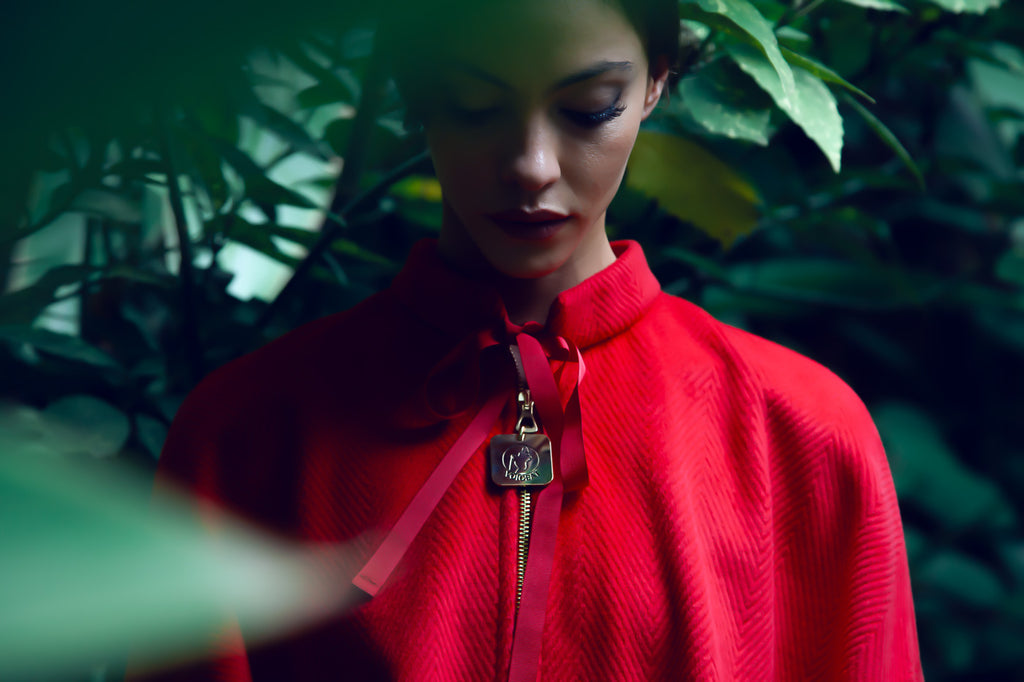VOICEAT brings the CAPE and Italian tailoring to the fore
Posted by ANNALAURA GIANNELLI

A must -have accessory in every woman's wardrobe , the cape is a well-known expression of class and elegance but no less - in the evolutionary game that has accompanied it over the centuries - of charm and mystery .
He wrapped the ancient Greeks and Roman ancestors with precious drapes, but also the emperors and empresses of distant times whose echoes also reach us from the tales of classical texts and iconography. In particular, the imperial chlamys was worn by victorious generals or emperors and empresses . It was woven with gold and made of purple silk ; long until it touched the floor, it represented the divine on earth .
This garment was considered extremely important in ancient history as, based on the fabric and color but also on the way it was worn, the drape and the length it indicated the social status of the wearer .
Always present over the centuries, the cape has been invented and adapted in size, length and decoration and renamed countless times.
Lest we forget that it was also a useful ploy , due to the large hood (present in many versions), to hide the person and hide their identity .
With the Renaissance comes the long cloak in brocade and floral decorations in different variations including the giornea (open on the side and closed by a belt at the waist) the guarnacca ( fur lined with wide and decorated sleeves) the lucco (long in dark or scarlet cloth and used only by nobles).
In the seventeenth century he was the favorite leader of warrior princes and knights . An iconic garment in the eighteenth and nineteenth centuries is the Venetian tabard worn equally by women and men of all classes. His descendant will be the coat .
In the twentieth century the cape came back into vogue , in particular in the 1920s with the French designer Jeanne Lanvin who dedicated great interest and dedication to this garment to the point of making it iconic with the historic egg-shaped cape in black velvet and white fur edges , embroidery with pink and silver pearls, made in 1926.
From that moment on, the greatest couturiers of the twentieth century created capes with a view to enhancing a femininity that was never banal and predictable . With the exception of the 80s, in fact, the cape is a must of all time although no longer valued in terms of what it can express.
VOICEAT (the refined Apulian fashion house founded with the mission of ennobling fashion by providing content capable of conveying messages of ethical and social value) is bringing it back into fashion, making it the exclusive outerwear of its collections. Strictly Made in Italy and tailor-made, the Voiceat cape, in limited edition, has already benefited from the appreciation of Luisa Espanet of VOGUE ( "...delightful are the jacket-capes with standing collar and with the pendant hanging in bottom of the zip" ).
The cut is fresh and clean, the fit is youthful and quick, the fit is elegant and soft, an irresistible garment for a rediscovered elegance long lost among approved down jackets and bomber jackets, with lost femininity.
After the success of the winter cape in woolen cloth in the black and red variant (which was sold out ) there is great anticipation for the new cape/raincoat dedicated to the upcoming spring season (soon available on the e-commerce site www. voiceat.it ).
